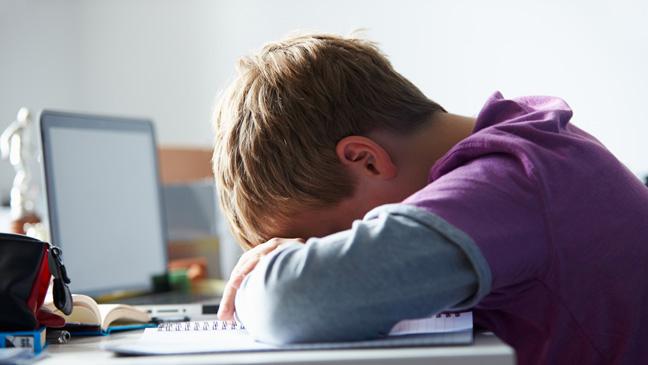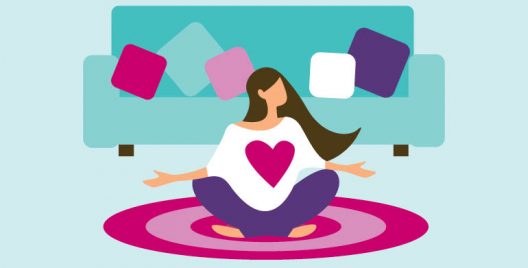According to Pediatrician Dr.Priya Chandrasekar, the effects can be categorised as physical and mental. She takes us through them in detail:
Physical Effects:
Our brains are equipped to listen to and observe things. Any kind of digital device, be it laptops, phones or iPads, are screens that project moving objects with different speeds and the brain does not get to fix on anything. This directly hampers communication and language development in young children. Both the American and Indian Association of Paediatrics don’t recommend screentime up to a certain age (children younger than 18 to 24 month). But what today’s reality is that children spend from one to eight hours a day in front of a screen.
Mental exhaustion that can be characterised by feeling sleepy throughout the day, aggressiveness, hyper-activeness, lack of appetite, headaches, and of course, eye problems are a few issues caused due to extensive exposure to lit screens.
What can be done?
From skipping, cycling, to even walking around the terrace, make sure your child gets any form of regular exercise every day, at least half-an-hour in the morning and half-an-hour in the evening. They have the time for it now. This will help their hormone levels go up and the stress comes down a bit. It also reduces aggressiveness and hyper activeness. Another way to control hyperactivity is to reduce the amount of sugar in their diet.
Mental effects:
The issue of cyber-safety is a universally pressing one that worries parents of adolescents the most. It is rarely easy to consistently supervise the number of hours your teenager spends on the phone or the kind of content they may be accessing. There is potential risk to their mental health both in harmful and inappropriate content as well as being cooped up in the same environment and not being able to interact with their classmates. The currently dreaded word, depression, becomes all too real.
What can be done?
While schooling is an important part of any child’s life, and online classes do have their merits, we can lighten things a bit and not stress out the children too much. Schools can plan fun interactive sessions in the middle of the academic portions. A break to help children de-stress. Parents need to make sure that their child is eating and exercising well. Talk to your children, make them feel safe and that too much stress on scoring great in tests is not the need at the moment.
Eye problems:
As this is a new spectrum by itself, we talk to Ophthalmologist Dr.Amala George answers questions on how to protect our eyes from physical strain.
Harmful effects on eyes:
We all know that excessive screen-time induces several problems to our eyes. Short term effects include eye strain, discomfort, redness, and excessive blinking because people reduce their blink rate while watching the screen. Children with refractive error are especially at risk while spending time too close to the screen; they can develop a squint or double vision.
It is the age group between 13 and 17 especially, that the eyeball grows a lot. The body has a growth spurt at this stage and so does the eye. So anything that triggers the eyeball axial length will cause an increase in short-sightedness.
What is a Healthy time duration?
It is not about the total number of hours but having breaks and not being exposed to the light rays continuously. Irritation, redness, and that entire problem is also relaxed if they look away from the screen periodically.
What can be done?
Schools should refrain from scheduling back-to-back classes at length. Ideally, a session of about 20-30 minutes must break for 10 minutes afterwards. A break here should not involve the child going back to a screen, playing games on phones and iPads. Instead, the child should use this time to de-focus, i.e., look into the distance. The eye constantly focusing on a near object is when myopia is caused. Parents should encourage that after a 20-30 minutes exposure to screen the child has to look into something distant – anything above 6 feet away. This relaxes the muscle that focuses the eye and helps prevent short-sightedness.
The 20 20 20 rule: Every 20 minutes take a break from the screen for 20 seconds and look at
something that is 20 feet away. This is recommended by ophthalmologists’ associations globally. Classes can be cast on a larger screen like TV wherever possible and the kids can sit far away which is much safer and helps reduce eye strain.














